
1904 - 1985
Otto Tschumi

description
A Swiss avant-garde artist, graphic designer and lithographer, master of book illustration and monumental painting, as well as a writer.
Otto Tschumi organically perceived the canons of surrealistic manifestos requiring mental independence, as this was very consonant with his creative independence.
The artist participated in numerous group exhibitions of this movement, including in America, but did not join any of the surrealist associations. Having developed his style, he perfected and modified it until the end of his long creative career of more than 60 years.
His most significant work in book illustration was the drawings for Herman Melville’s novel “Moby Dick” (the edition of 1942, Paris). As a sought-after monumentalist, Otto Tschumi painted several public buildings in Bern and other cities in Switzerland in the post-war period. The largest was the fresco for the office of Berne Customs (1955). As a writer, he received a state prize for the promotion of Berne literature in 1970.
A museum was opened in the house of Otto and Beatrice Tschumi, where, in particular, the correspondence with Hans and Sophie Arp, Hermann Hesse, Max Bill, Meret Oppenheim, valuable for the history of European avant-garde art, is stored. The artist’s paintings are presented at all museums and art galleries in his country.
The Surrealist artist, along with Alberto Giacometti, Serge Brignoni and Max Seligman, is considered one of the most important Surrealists of Europe that considerably influenced the fine art of their country in XX century.
Key ideas:
– Otto Tschumi learned the lessons of the founder of the school of painting in Bern, Ernst Link. They always, in whichever of the main styles (cubism, surrealism) the artist worked, were the basis of his original manner of drawing.
– The main theme of the work of Otto Tschumi is human body. From 1923, the figures began to be deformed beyond recognition while observing the real and distinctly expressed play of light and shadow. The atmosphere of fantasy gives the artist’s paintings an appropriate structure. He implements new expressive qualities with the help of unusual perspectives even in posters that fall into line with the laws of advertising.
– The four-year stay in Paris was decisive for the artistic style of the painter’s works. His predilection for fantasy, which manifested itself even earlier, was realized in a surrealistic style fully influenced by Max Ernst, Juan Arp, Salvador Dali and other masters of this art movement already recognized at that time.
– Although the artist participated in numerous group exhibitions of surrealists around the world, he did not join their groups and associations. Otto Tschumi accepted the ideas of the surrealistic manifesto, which required the application of the principle of the subconscious. However, he also developed the so-called “tschumisch” style – his own painting style and his vocabulary of Surrealism, which he perfected and transformed till the end of his long life, preferring to remain independent.
1904
1921
1936
1937
1940
1946
1951
1952
1960
1966
1969
1979
1984
1985
The birth of the artist
He entered art courses at a trading school

He spent six months in London

His first solo exhibition

Returned to Switzerland
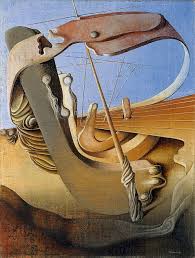
First exhibited his paintings at the Bern Museum of Art
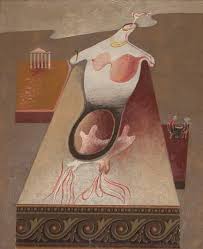
He participated in group exhibitions in Italy and at the first biennale in Sao Paulo
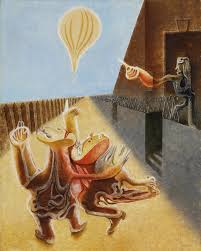
The artist’s creations were presented at the vernissage “Contemporary Swiss Painting”
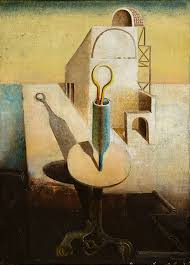
An important event was his participation in the Biennale di Venezia XXX
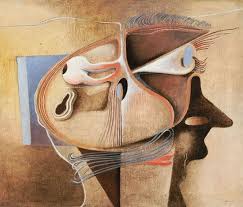
He participated in the show “Swiss painting from Hodler to the present day”
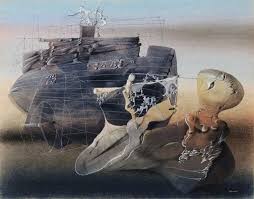
Participated in the exhibition "Surrealism from the beginning to the present day"
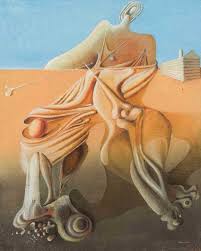
“New Objectivity and Surrealism in Switzerland”
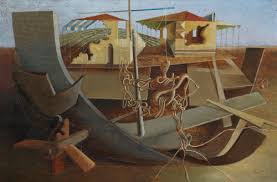
he last lifetime solo exhibition

The death of the artist

